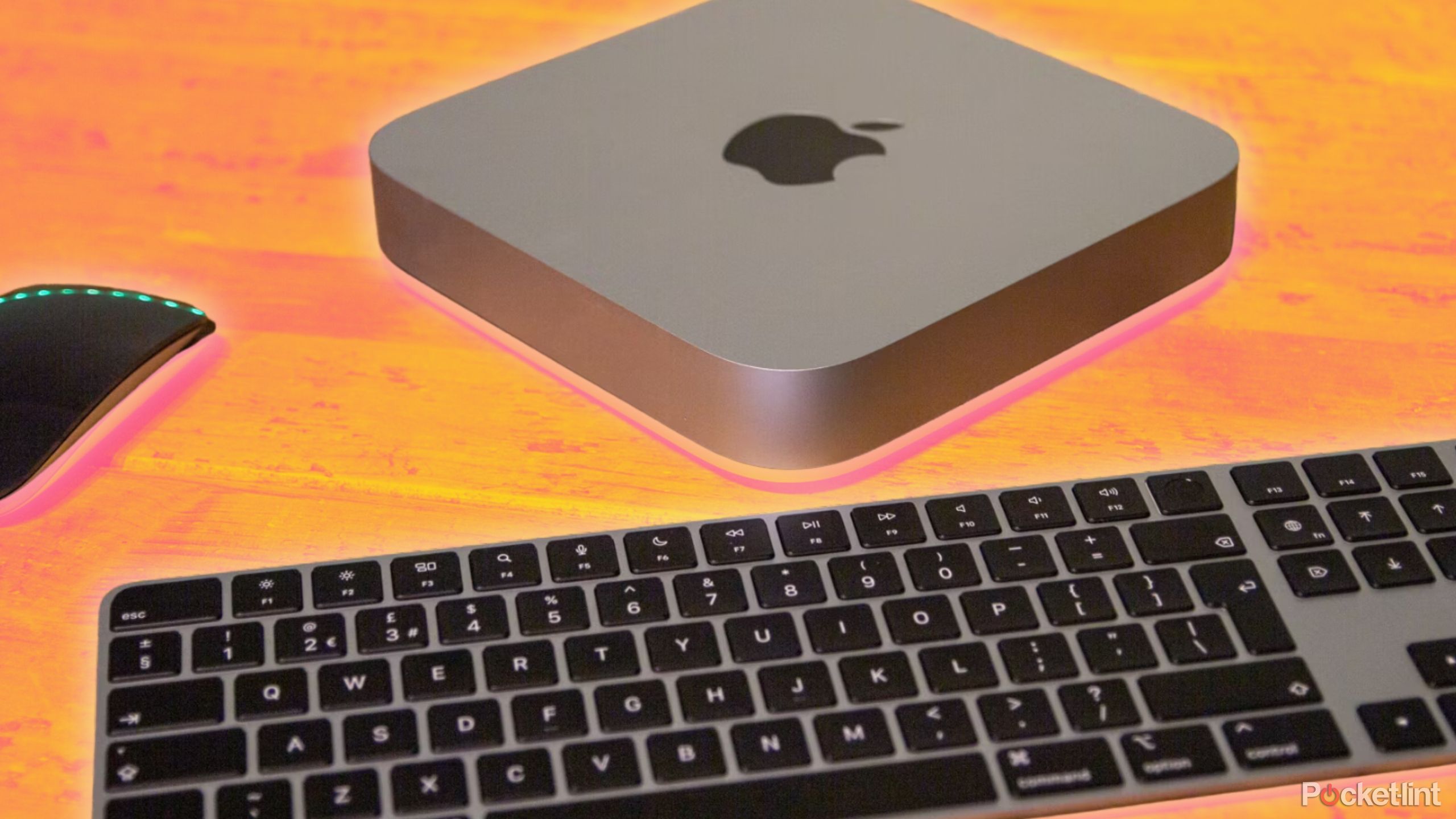How To Use RemoteIoT Behind Router Mac Free: A Comprehensive Guide For Enthusiasts
Listen up, tech wizards and IoT enthusiasts! If you're reading this, chances are you're diving headfirst into the world of RemoteIoT and trying to figure out how to make it work behind your router without spending a dime on MAC-related fees. How to use RemoteIoT behind router MAC free is a question that keeps popping up in tech circles, and today, we're going to break it down step by step. Think of this as your ultimate cheat sheet for mastering IoT without breaking the bank. So grab a snack, sit back, and let's get started, shall we?
You might be wondering why this topic matters so much. Well, RemoteIoT is revolutionizing the way we connect devices, and learning how to set it up efficiently can save you both time and money. Whether you're a hobbyist tinkering with smart home devices or a pro-level developer, understanding how to bypass router restrictions and avoid unnecessary costs is a game-changer. This guide will walk you through every nook and cranny of the process.
Before we dive deep, let me drop a quick disclaimer. This isn't just another "follow these steps" article. We're here to give you the full scoop, from understanding the basics to troubleshooting potential issues. By the end of this, you'll not only know how to use RemoteIoT behind router MAC free but also why it works and how to optimize your setup for maximum performance. Sound good? Let's go!
- 18 Katmovieshd Your Ultimate Guide To Streaming And Downloading Movies
- Breaking Down John Roberts Fox News Illness A Deep Dive
Understanding RemoteIoT and Its Role in Modern Connectivity
Alright, let's start with the basics. RemoteIoT isn't just some fancy buzzword; it's a technology designed to help you manage and control IoT devices remotely. Whether it's a smart thermostat, a security camera, or even a drone, RemoteIoT allows you to access and manage these devices from anywhere in the world. But here's the kicker: when you're working behind a router, things can get a little tricky. That's where our guide comes in.
One of the biggest hurdles people face is dealing with MAC address restrictions. Some routers require you to register MAC addresses, which can be a pain if you're trying to keep things simple and cost-effective. Thankfully, there are ways to bypass these restrictions and set up RemoteIoT without spending extra cash. Keep reading, and we'll show you how.
In this section, we'll cover:
- Camilla Parker Bowles And Her Journey With Liver Disease Unveiling The Truth
- Adam Gontier Net Worth Unveiling The Rockstars Financial Empire
- What RemoteIoT is and why it matters
- Common challenges when using RemoteIoT behind a router
- Why avoiding MAC-related fees is crucial for budget-conscious users
Why MAC Address Restrictions Are a Thing
Let's talk about MAC addresses for a sec. A MAC address is essentially the unique identifier for your device, kind of like a fingerprint. Routers use these addresses to manage network traffic and ensure security. While this is great for preventing unauthorized access, it can also be a roadblock if you're trying to set up multiple IoT devices. Some routers charge extra fees for registering additional MAC addresses, which is why learning how to bypass these restrictions is so important.
Now, don't panic if you're new to this. There are plenty of ways to work around MAC address restrictions without compromising your network's security. We'll cover some of these methods later in the article, but for now, just know that it's doable. Whether you're using a Linux-based router or a standard home setup, there's a solution for everyone.
Step-by-Step Guide: Setting Up RemoteIoT Behind Your Router
Ready to dive into the nitty-gritty? Great! Here's a step-by-step guide to help you set up RemoteIoT behind your router without worrying about MAC-related fees. We'll break it down into manageable chunks so you can follow along easily.
Step 1: Assess Your Current Setup
Before you start tinkering with settings, it's important to understand what you're working with. Take a moment to assess your router's capabilities and any existing restrictions. Are you using a basic home router, or do you have a more advanced setup? Knowing this will help you choose the right approach.
Here's a quick checklist to get you started:
- Check your router's firmware version
- Identify any MAC address restrictions or fees
- Make a list of all devices you want to connect
Step 2: Configure Port Forwarding
Port forwarding is one of the easiest ways to ensure your IoT devices can communicate with the outside world. Essentially, it allows you to direct incoming traffic to specific devices on your network. This is especially useful if you're trying to access your devices remotely.
Here's how you can set it up:
- Log in to your router's admin panel
- Locate the port forwarding section
- Assign specific ports to your IoT devices
Pro tip: Use a consistent port number for each device to avoid confusion. This will also make troubleshooting easier down the line.
Step 3: Disable MAC Address Filtering
If your router has MAC address filtering enabled, you'll need to disable it to avoid unnecessary fees. Don't worry; this won't compromise your network's security. You can always use other methods, like firewalls or encryption, to keep your network safe.
Here's how to disable MAC address filtering:
- Log in to your router's admin panel
- Find the MAC address filtering settings
- Turn it off or switch to "allow all" mode
Troubleshooting Common Issues
Even the best-laid plans can hit a snag sometimes. If you're having trouble setting up RemoteIoT behind your router, don't despair. Here are some common issues and how to fix them:
Issue 1: Devices Not Connecting
If your IoT devices aren't connecting, the first thing to check is your router's settings. Make sure port forwarding is configured correctly and that there are no firewall rules blocking the connection. You might also want to try restarting your router to see if that resolves the issue.
Issue 2: Slow Performance
Slow performance can be frustrating, but it's usually caused by network congestion or poor signal strength. To improve performance, consider using a wired connection for your IoT devices or upgrading your router's firmware. You can also try adjusting the channel settings to reduce interference.
Optimizing Your RemoteIoT Setup
Once you've got everything up and running, it's time to optimize your setup for maximum efficiency. Here are a few tips to help you get the most out of your RemoteIoT experience:
Tip 1: Use Strong Passwords
Security should always be a top priority when setting up IoT devices. Use strong, unique passwords for each device and avoid using default credentials. This will help protect your network from unauthorized access.
Tip 2: Regularly Update Firmware
Keeping your router and IoT devices up to date is crucial for maintaining performance and security. Check for firmware updates regularly and install them as soon as they become available. This will ensure your devices are running the latest features and bug fixes.
Advanced Techniques for Power Users
If you're a tech-savvy user looking to take things to the next level, here are a few advanced techniques to consider:
Technique 1: Setting Up a VLAN
A VLAN (Virtual Local Area Network) allows you to create separate network segments within your router. This can be especially useful if you're managing multiple IoT devices and want to keep them isolated from your main network.
Technique 2: Using DD-WRT or OpenWRT
For those who want more control over their router settings, consider installing a custom firmware like DD-WRT or OpenWRT. These firmwares offer advanced features like quality of service (QoS) and better security options.
Conclusion: Your Journey to Mastering RemoteIoT
And there you have it, folks! A comprehensive guide to how to use RemoteIoT behind router MAC free. Whether you're a beginner or a seasoned pro, the tips and tricks we've covered should help you set up and optimize your IoT devices with ease.
Remember, the key to success is understanding your router's capabilities and using the right tools to overcome any obstacles. By following the steps outlined in this guide, you'll be well on your way to mastering RemoteIoT and taking your smart home to the next level.
So what are you waiting for? Dive in, experiment, and don't forget to share your experiences in the comments below. Happy tinkering!
Table of Contents
- Understanding RemoteIoT and Its Role in Modern Connectivity
- Step-by-Step Guide: Setting Up RemoteIoT Behind Your Router
- Troubleshooting Common Issues
- Optimizing Your RemoteIoT Setup
- Advanced Techniques for Power Users
- Conclusion: Your Journey to Mastering RemoteIoT
- Zaria Imani Age A Closer Look Into Her Life And Journey
- Aditi Mistry Leaked Nudes Video The Truth Behind The Controversy

How To Use RemoteIoT Behind A Router On Mac A Comprehensive Guide

How To Use RemoteIoT Behind Router Without Windows Free A

How To Use RemoteIoT Behind Router Without Windows Free A